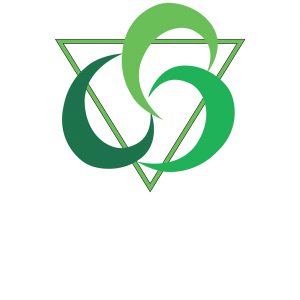Bowen Therapy has gained recognition in recent years for its gentle approach to pain relief and holistic health. However, like any complementary therapy, it’s not immune to misconceptions and misunderstandings. This piece aims to debunk seven common myths surrounding Bowen Therapy, shedding light on its true nature and benefits.
Myth 1: Bowen Therapy is just another form of Massage
It’s common to equate Bowen Therapy with massage. While both involve touch, Bowen Therapy operates on a different principle. Rather than kneading muscles, Bowen therapists use subtle rolling movements over specific points on the body to stimulate the nervous system and fascia, with breaks in between moves, promoting self-healing and balance. To learn more about why Bowen Therapy is not massage, read our blog post here.
Myth 2: Bowen Therapy is painful
Contrary to popular belief, Bowen Therapy is known for its gentle and non-invasive approach. Clients often report feeling deeply relaxed during and after a session, with little to no discomfort. The light touch used in Bowen Therapy allows the body to respond naturally, without causing unnecessary pain or discomfort. The breaks between moves allow the body to relax and integrate the moves.
Myth 3: Bowen Therapy only treats musculoskeletal issues
While Bowen Therapy is commonly sought out for musculoskeletal problems such as back pain, neck pain, and sports injuries, its benefits can extend far beyond. Because of its effects on the nervous system, Bowen Therapy can also support the body in managing stress, improving sleep quality, enhancing digestion, and boosting overall well-being.
Myth 4: You need multiple sessions to see results
While some clients may experience significant relief after just one session, others may require a series of treatments to achieve optimal results. However, the number of sessions needed varies depending on individual circumstances and the nature of the condition being treated. Bowen Therapy aims to stimulate the body’s innate healing mechanisms, which can continue to work between sessions.
Myth 5: Bowen Therapy is only suitable for adults
Bowen Therapy is safe and suitable for people of all ages, from infants to the elderly, and every age and life stage in between. It’s gentle enough to be used on newborns and pregnant women, yet adaptable enough to meet the specific needs of older adults. (Seated sessions, for example, are possible). Children and teenagers may also benefit from Bowen Therapy, especially for issues like growing pains, sports injuries, and posture correction.
Myth 6: Bowen Therapy is not supported by scientific evidence
While research on Bowen Therapy is still evolving, there is a growing body of evidence supporting its effectiveness for various conditions. Studies have shown promising results in areas such as pain management, rehabilitation, and stress reduction. As interest in complementary medicine continues to grow, so does the scientific scrutiny of practices like Bowen Therapy. See references below.
Myth 7: Bowen Therapy is a quick fix
While Bowen Therapy may provide rapid relief for some individuals, it’s not a one-size-fits-all solution or a quick fix. Remember: every body is unique! True healing takes time and often requires a multifaceted approach. This can include lifestyle changes, ongoing self-care, and regular treatment sessions. Bowen Therapy can be a valuable part of this holistic approach, supporting the body’s natural ability to heal and restore balance.
In conclusion, Bowen Therapy can offer a gentle yet powerful complementary approach to health and well-being. By understanding its true nature and benefits, we can make informed decisions about incorporating Bowen Therapy into our wellness routines, paving the way for a healthier and happier life.
References:
- What is Bowenwork®? A systematic review https://pubmed.ncbi.nlm.nih.gov/22087611/#:~:text=Over%20half%20of%20these%20studies,illness%2C%20such%20as%20multiple%20sclerosis
- The effects of the Bowen technique on hamstring flexibility over time: a randomised controlled trial https://pubmed.ncbi.nlm.nih.gov/21665103/
- Short-term relief of multisite chronic pain with Bowen Therapy: A double-blind, randomized controlled trial https://www.sciencedirect.com/science/article/abs/pii/S1360859220301042


Great article. Thanks. Geri Taylor
We’re so glad you enjoyed it. Thanks for reading, Geri!